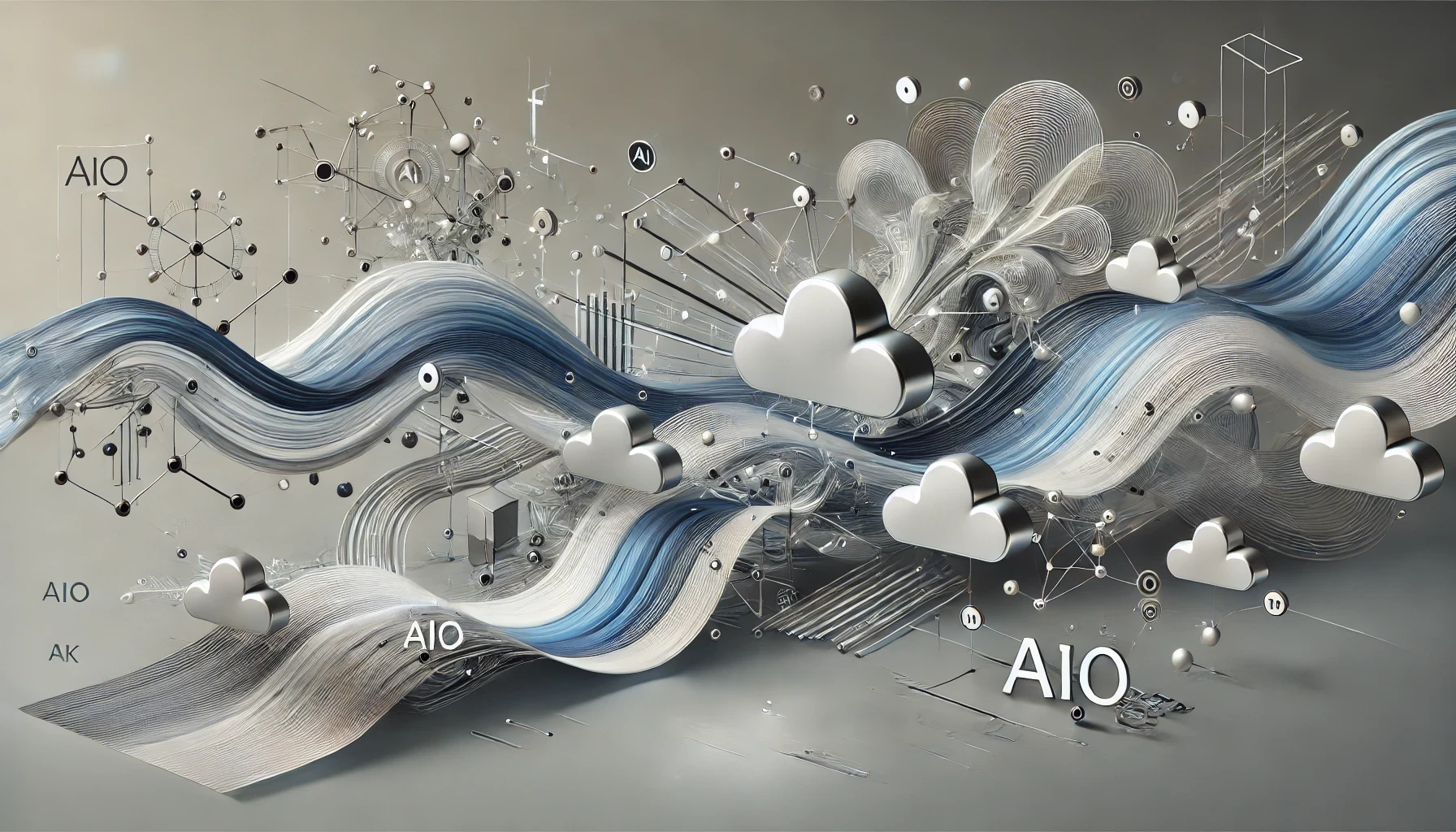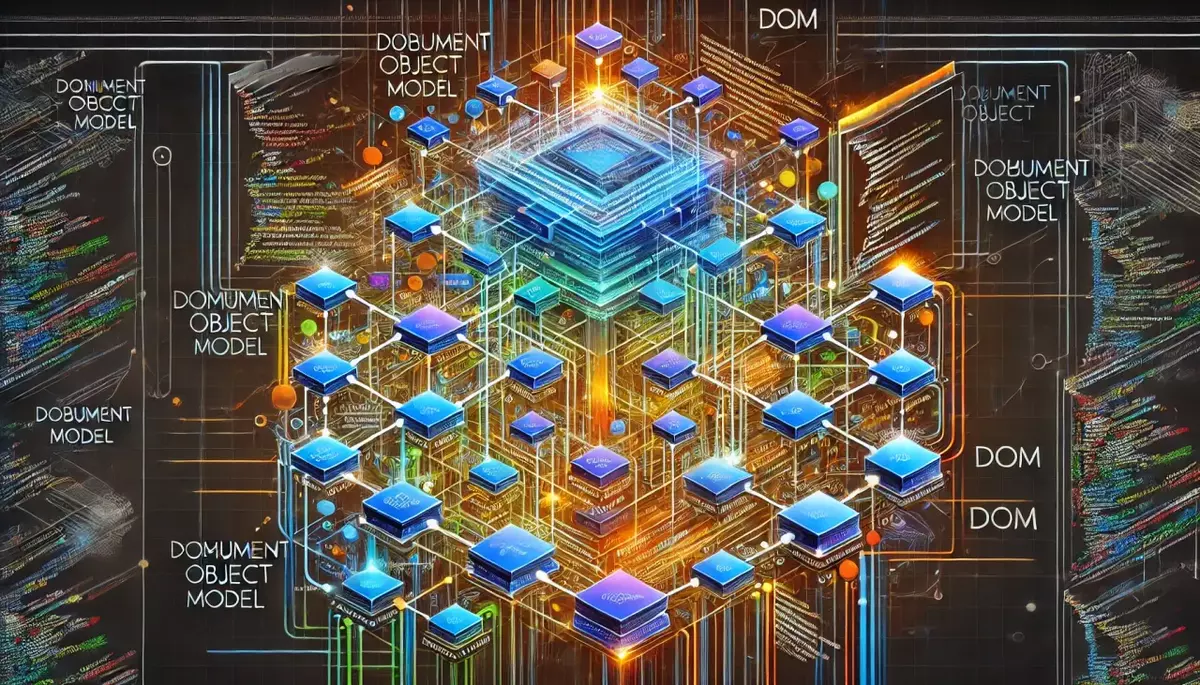Introduction
A data lake is a centralized repository that allows organizations to store all their structured and unstructured data at any scale. Unlike traditional data warehouses, which are designed for specific, predefined use cases, data lakes are designed to accommodate a wide variety of data types and support diverse analytical requirements.
What is a Data Lake?
A data lake is a large, scalable storage repository that can hold a vast amount of raw data in its native format, including structured, semi-structured, and unstructured data. It is designed to support the storage, processing, and analysis of this diverse data, enabling organizations to gain insights and make data-driven decisions.
Key Characteristics of Data Lakes:
- Scalability: Data lakes can accommodate large volumes of data, from terabytes to petabytes, without the need for predefined schemas or data structures.
- Flexibility: Data lakes can store data in its raw, unprocessed form, allowing for multiple use cases and analytical approaches.
- Cost-Effectiveness: Data lakes leverage cost-effective storage solutions, such as cloud-based object storage, to reduce the overall cost of data management.
- Accessibility: Data lakes provide a centralized repository for data, making it more accessible to various stakeholders within an organization.
How Do Data Lakes Work?
Data lakes typically operate on a “store first, process later” principle. Organizations ingest all their data, regardless of format or source, into the data lake. This raw data is then available for various analytical and processing tasks, such as data exploration, transformation, and model training.
The Key Components of a Data Lake:
- Data Ingestion: The process of bringing data from various sources into the data lake, often using batch or streaming data pipelines.
- Data Storage: The scalable storage layer, typically using cloud-based object storage or distributed file systems, that can accommodate large volumes of data.
- Data Processing: The computational layer that enables data processing, transformation, and analysis, often using big data frameworks like Apache Spark or Apache Hadoop.
- Data Governance: The set of policies, processes, and technologies that ensure the data in the data lake is secure, accessible, and of high quality.
Benefits of Data Lakes
Implementing a data lake can provide organizations with several benefits:
Improved Data Accessibility and Insights
- Centralized data repository for all types of data, enabling cross-functional data exploration and analysis.
- Ability to quickly identify and extract relevant data for specific use cases or business needs.
Cost Savings
- Reduced storage costs by leveraging cost-effective cloud-based object storage.
- Decreased maintenance and infrastructure costs compared to traditional data warehouses.
Agility and Flexibility
- Ability to ingest and store data in its raw format, without the need for predefined schemas.
- Supports a wide range of analytical use cases and emerging technologies.
Challenges and Considerations
While data lakes offer significant benefits, there are also some challenges and considerations to keep in mind:
Data Governance and Security
- Ensuring data quality, security, and compliance in a large, unstructured data repository.
- Implementing effective data cataloging and metadata management practices.
Complexity and Technical Expertise
- Requires specialized skills and expertise in big data technologies and data engineering.
- Complexity in integrating and managing various data sources and processing frameworks.
Potential for Data Swamps
- Lack of proper data governance and curation can lead to a “data swamp” – a disorganized and unusable data repository.
- Careful planning and implementation are crucial to avoid this pitfall.
Future Trends and Advancements
The data lake concept continues to evolve, and several emerging trends and advancements are shaping its future:
Serverless Computing and Managed Services
- Increased adoption of serverless computing and managed data lake services, reducing the need for infrastructure management.
- Seamless integration with other cloud-based data and analytics services.
Artificial Intelligence and Machine Learning
- Leveraging AI and ML techniques to automate data processing, governance, and insights generation.
- Enabling advanced analytics and predictive modeling on the vast amounts of data stored in data lakes.
Hybrid and Multi-Cloud Architectures
- Adoption of hybrid and multi-cloud strategies to leverage the benefits of different cloud providers and on-premises infrastructure.
- Enabling seamless data movement and integration across diverse cloud and on-premises environments.
Conclusion
Data lakes have emerged as a powerful solution for organizations looking to harness the value of their data. By providing a scalable, flexible, and cost-effective data storage and processing platform, data lakes enable data-driven decision-making and support a wide range of analytical use cases. As the data landscape continues to evolve, the data lake concept will likely see further advancements, driving increased adoption and transforming the way organizations manage and derive insights from their data.
This knowledge base article is provided by Fabled Sky Research, a company dedicated to exploring and disseminating information on cutting-edge technologies. For more information, please visit our website at https://fabledsky.com/.
References
- Inmon, W. H. (2016). Data Lake Architecture: Designing the Data Lake and Avoiding the Garbage Dump. Technics Publications.
- Miloslavskaya, N., & Tolstoy, A. (2016). Big Data, Fast Data and Data Lake Concepts. Procedia Computer Science, 88, 300-305.
- Gartner. (2021). Gartner Glossary: Data Lake. Retrieved from https://www.gartner.com/en/information-technology/glossary/data-lake
- Hadoop. (2021). Apache Hadoop. Retrieved from https://hadoop.apache.org/
- Spark. (2021). Apache Spark. Retrieved from https://spark.apache.org/


























